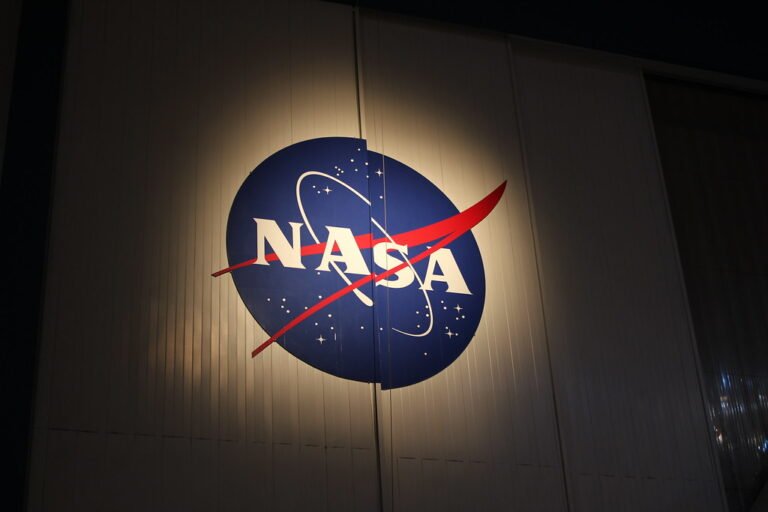

Image: NASA, ESA, CSA, STScI; Image Processing: A. Pagan (STScI)
September 8, 2025 — NASA’s James Webb Space Telescope has revealed a stunning new image of a young star cluster called Pismis 24, located deep within the Lobster Nebula. The image—looking like a radiant, mountainous terrain illuminated by starlight—actually depicts a chaotic area filled with cosmic dust and gas, being sculpted by the powerful radiation and stellar winds from newly formed stars.
Situated approximately 5,500 light-years away from Earth in the constellation Scorpius, Pismis 24 is found in one of the closest and most dynamic nurseries for massive star creation. This cluster provides astronomers with a unique chance to investigate the birth and evolution of some of the universe’s largest stars.
At the heart of the cluster lies Pismis 24-1, which was once thought to be the most massive star ever identified. Current research indicates that it is actually made up of at least two distinct stars, with masses of 74 and 66 times that of the Sun, ranking them among the most luminous and powerful stars ever recorded.
A Celestial Dreamscape
The image, taken by Webb’s Near-Infrared Camera (NIRCam), showcases a sky filled with stars above a rugged landscape of orange and brown formations, valleys, and delicate clouds. The towering “peaks” are dense columns of gas and dust, molded by the fierce radiation and winds from the stars they support. The tallest of these cosmic formations extends 5.4 light-years—sufficiently long to accommodate over 200 solar systems arranged from the Sun to Neptune.
“The Webb image is not just visually stunning, it’s a scientific goldmine,” said a NASA spokesperson. “It captures the dynamic forces at play in one of the galaxy’s most intense regions of star formation.”
The color-coded image provides additional insights:
- Cyan illustrates hot, ionized hydrogen gas that has been heated by young stars.
- Orange signifies Earth-like dust particles.
- Red denotes cooler, denser molecular hydrogen.
- Black regions indicate the densest areas, where light is completely obstructed.
- Delicate white clouds reflect scattered starlight, suggesting even more concealed activity.
A Nursery of Giant Stars
The Webb Telescope’s infrared technology enables astronomers to penetrate the dust that usually obscures areas like Pismis 24 in visible light. The image uncovers thousands of stars, both within the cluster and far beyond, scattered throughout the Milky Way. The largest stars—identified by their distinctive six-point diffraction spikes—are emitting energy that shapes new stars from the collapsing gas.
Some of the young stars visible in the image are estimated to be nearly eight times hotter than the Sun, producing intense stellar winds that carve out cavities in the surrounding nebula.
A Closer Look Through Video
NASA has also released two videos alongside the image. One takes viewers on a visual exploration of the star cluster, revealing the complex structure of the Lobster Nebula. The other zooms in from a ground-based photograph of the Scorpius constellation all the way to Pismis 24, emphasizing the scale and depth of Webb’s observational capabilities.
The James Webb Space Telescope, a collaborative mission between NASA, the European Space Agency (ESA), and the Canadian Space Agency (CSA), is continually reshaping our comprehension of the universe. From examining exoplanets to investigating ancient galaxies, Webb’s unmatched infrared sensitivity is enabling scientists to delve into cosmic phenomena that were previously concealed from sight.
In the case of Pismis 24, it has transformed a distant, dust-laden star-forming region into a luminous spectacle—both visually stunning and scientifically significant.


